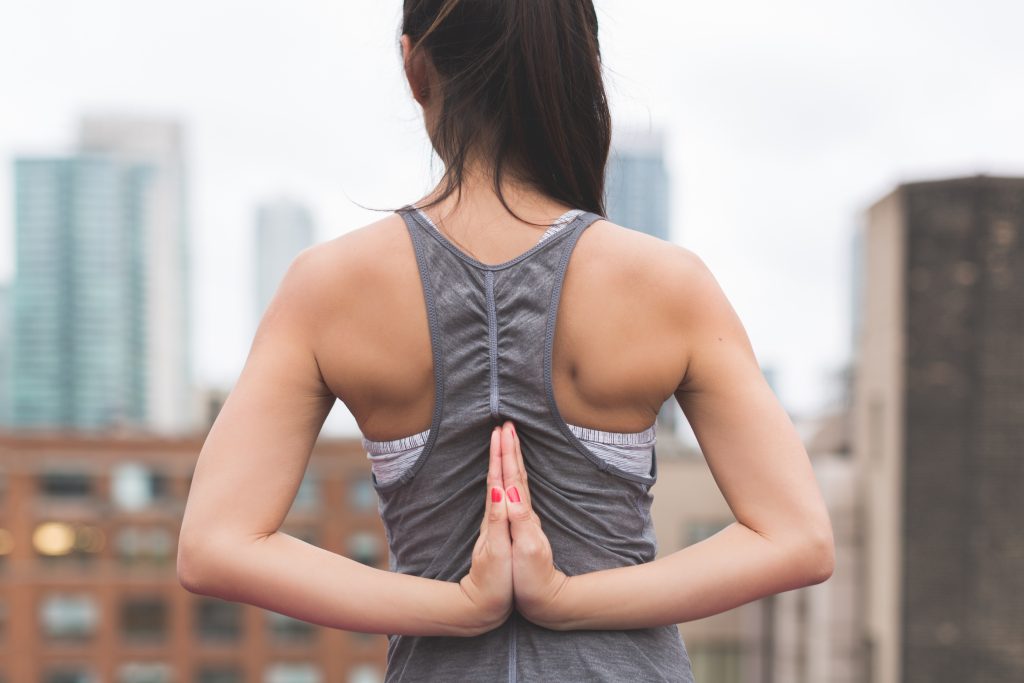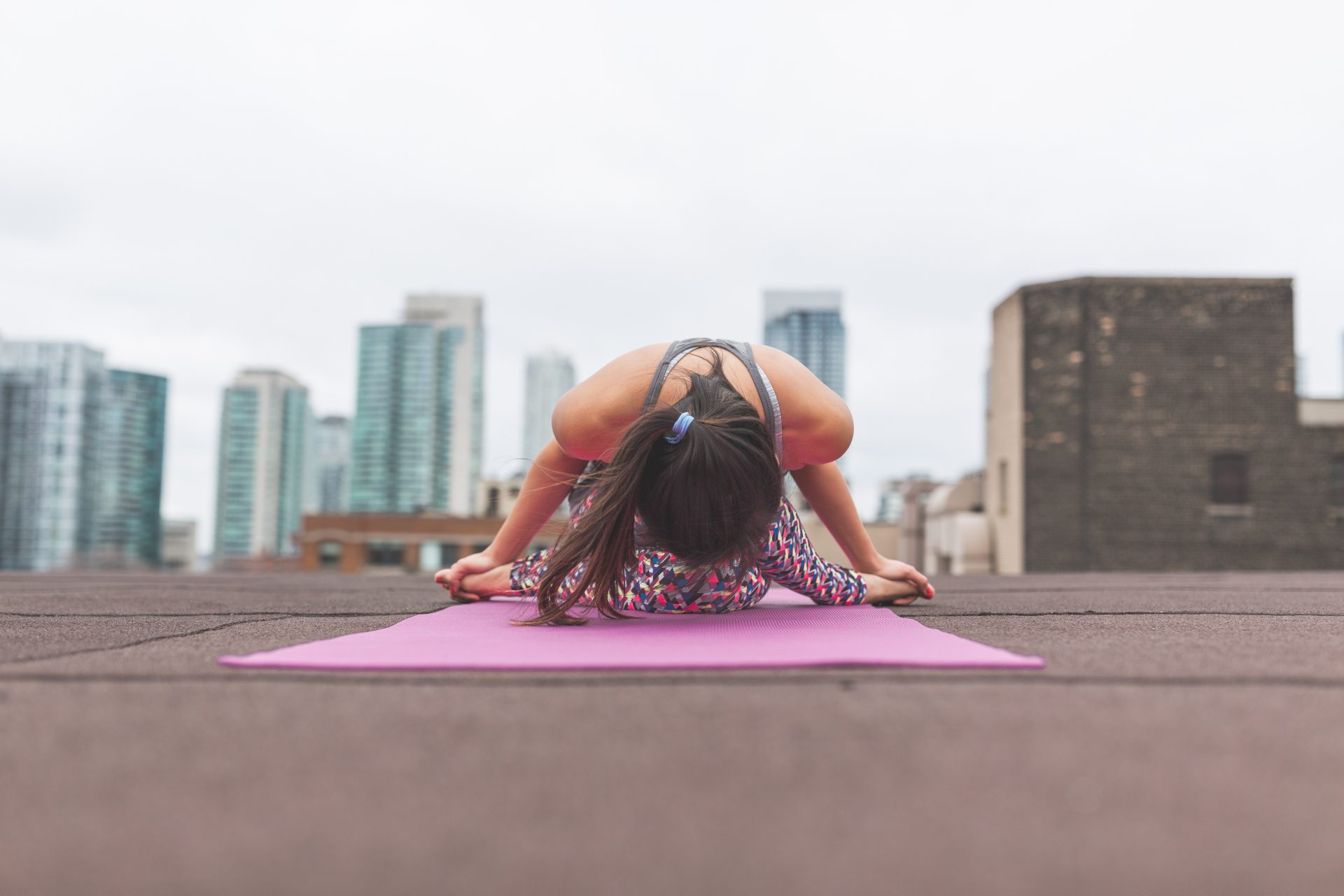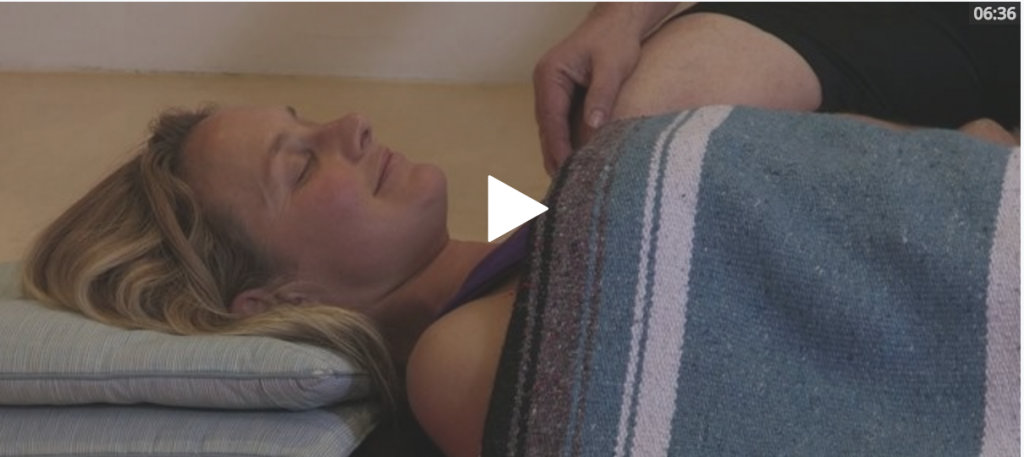What makes it ‘yoga’? This week, Graham Burns enlightens us on a conversation he had with a friend, exactly about this subject. 
I had an interesting discussion the other evening. I asked a friend ‘how was class?’, and she answered ‘I really enjoyed it, and felt much better after it. But we did very few traditional postures. I wonder whether it was really yoga?’.
Perhaps inevitably, this led us into a chat about what makes a practice ‘yoga’. Is it because the components of the practice feature in some ancient Sanskrit text?
Well, if so, how ancient does that text have to be? Let us not forget that we have no textual evidence for the vast majority of what we in the 21st century perceive as ‘traditional yoga postures’, and textual evidence for any specific non-seated postures before the second millennium of the Common Era is sketchy, to say the least.
Anyway, why does it have to be a Sanskrit text? What about the numerous yoga texts in vernacular Indian languages such as Hindi and its precursors and derivatives? Why does it have to be a text at all? Although textual sources are fabulous reference points, what about the centuries of oral teaching?
So… if yoga doesn’t have to originate in an ancient Sanskrit text, what about the traditional ‘lineages’?
Here too there is ample scholarly evidence that lineages such as those deriving from Krisnamacarya or Sivananda were just as creative in devising their yoga systems as modern teachers, even if they paid lip service to ‘ancient’ roots for their systems. Think about Iyengar’s work with props, Desikachar’s innovations on vinyāsa krama, Pattabhi Jois’ development of the various series of Aṣṭāṅga Vinyāsa. Where do we draw the line? So perhaps that idea doesn’t entirely work either.
To my mind, what makes a practice ‘yoga’ is less about its content, and more a combination of intention and outcome – the ‘why?’ is more important than the ‘what?’.
Too often, contemporary practitioners and teachers overlook the fact that yoga is both a process and a goal. Although philosophical analyses of the precise ultimate goal of yoga vary widely, there is reasonable consensus that, in order to reach that goal, some form of mental stillness and inner focus is necessary.
Probably our earliest textual references to yoga as a system come in the Kaṭha Upaniṣad, where yoga is characterised as the firm control of the senses (and thence the mind), as a result of which the practitioner becomes ‘free from distractions’ (apramatta) and attains knowledge of the real nature of things. Later teachings, such as those of Patañjali, also emphasise the ‘controlling (or restraining) of the spinnings of the mind’ so that our true nature shines forth.
 I often say that my introduction to yoga came many years before I stepped onto a yoga mat. I learned to ski in the 1980s, and one of the greatest joys of ski-ing was the fact that it took me completely away from the mental spinnings which filled my everyday life. I could ski for hours without being aware of anything other than my immediate environment (and not falling over). It was a blissful release. At the time, I had no concept of yoga – but I felt closer to the state of yoga on those ski-ing days than I have felt at the end of many ‘yoga’ classes.
I often say that my introduction to yoga came many years before I stepped onto a yoga mat. I learned to ski in the 1980s, and one of the greatest joys of ski-ing was the fact that it took me completely away from the mental spinnings which filled my everyday life. I could ski for hours without being aware of anything other than my immediate environment (and not falling over). It was a blissful release. At the time, I had no concept of yoga – but I felt closer to the state of yoga on those ski-ing days than I have felt at the end of many ‘yoga’ classes.
For me, the answer to the question ‘is it yoga?’ is simple. Does the class (explicitly or not) set up an environment which has as its purpose the quietening of the senses, and the movement of the mind away from distractions? And, at the end, has it achieved that aim, however fleetingly?
There are many ways of doing this, and some will work better for some people than others. For many in our over-stimulated world, moving towards stillness in yoga requires sensory input, through music, incense, imagery etc, to begin with. For others, these will only increase the distractions. Perhaps for most of us, initially it requires mindful physical movement, ideally with awareness of breath as the conduit between body and mind.
But it is easy to take those stimuli too far, easy to forget to turn the music off, easy to sacrifice the value of stillness in āsana on the altar of ever more complex and creative vinyāsa or so-called ‘deeper’ postures. How many classes really embrace the idea of a few minutes sitting in stillness after śavāsana – call it meditation if you wish – as an integral part of yoga practice?
“So”, my friend asked me, “does this mean that you think that many yoga classes are not really ‘yoga’ at all?”
My answer is that I cannot judge the intention and effects of other teachers’ classes on other peoples’ bodies and minds. If the practice helps achieve the effect of yoga, then, for me, that is good enough. And that practice can be on or off a yoga mat, with or without music, with ‘traditional’ postures or movements drawn from other somatic practices or simply improvised.
When I first began to train as a yoga teacher, it was drummed into us that, as twentieth century (yes, it was!) yogis, we should not be in hock to the past, but should ‘stand on the shoulders’ of the great historic teachers to ensure that yoga remained relevant for its contemporary practitioners.
The history of yoga is a history of change and innovation; of practices being developed and adapted to meet changing social conditions – why should the dietary constraints and cleansing practices which (perhaps) made sense for mediaeval north Indian ascetics be appropriate to the 21st century western world?
Why should yoga postures which (perhaps) were appropriate for the lifestyle of those same ascetics be seen as ‘goals’ for us, with our radically different ways of living? Why can our modern understanding of the workings of body and mind not contribute to the growth of yoga?
The wonderful American teacher Erich Schiffmann – whose description of yoga as a practice of ‘Moving into Stillness’ has informed my own practice and teaching for nearly two decades – perhaps sums it up best:
‘The simple perspective I have come up with, through all the years and thousands of hours practicing yoga… is that yoga makes you feel good…. You feel better at the end of a session than before you began, and life runs more smoothly… As you practice… regularly, this subtle sense of feeling good gradually becomes so pervasive, so natural and genuine, so much a part of you that it carries over into the whole of your life.’ (Yoga: the Spirit and Practice of Moving into Stillness 1996).
Is that what your practice does? Then, whether or not it derives from an ancient text or a venerable lineage, it is probably yoga.
We’d love to hear what you think makes it yoga, comment below.
>>Yoga that makes you feel good – try this Yoga Nidra from Graham>>
Image: https://traineracademy.org/








Amen! Well said Graham 😃😃😃😃
Those words “Moving into Stillness” have inspired my own practice and teaching for many decades and Eric Erich Schiffmann’s book of the same name is the first book I offer to anyone seeking more information on yoga. Thank you Graham for a clear response to a difficult, but familiar question.
Love this, so much of it resonates with me. I’ll tell anyone who’s listening that my yoga of choice is snowboarding. For me, all of this stretching is mainly a systematic set of tools – with very welcome physical & other real world benefits – that can take me to those mindspaces in a more predictable and accessible way than snowboarding can for the life I’ve chosen. “Meditation” even more so (in terms of accessibility & now after many hours of practice in predictability). Thanks for the share, a good read & some ideas in there will help me further clarify what on Earth I mean when someone asks what style of yoga I practice!
Ah yes, travel is part of my yoga and meditation practice – where I feel calm and still and connected with people and my surroundings. Lovely Graham thank you.
Agree!! And for when we can’t travel? We always have our practice 😉 x